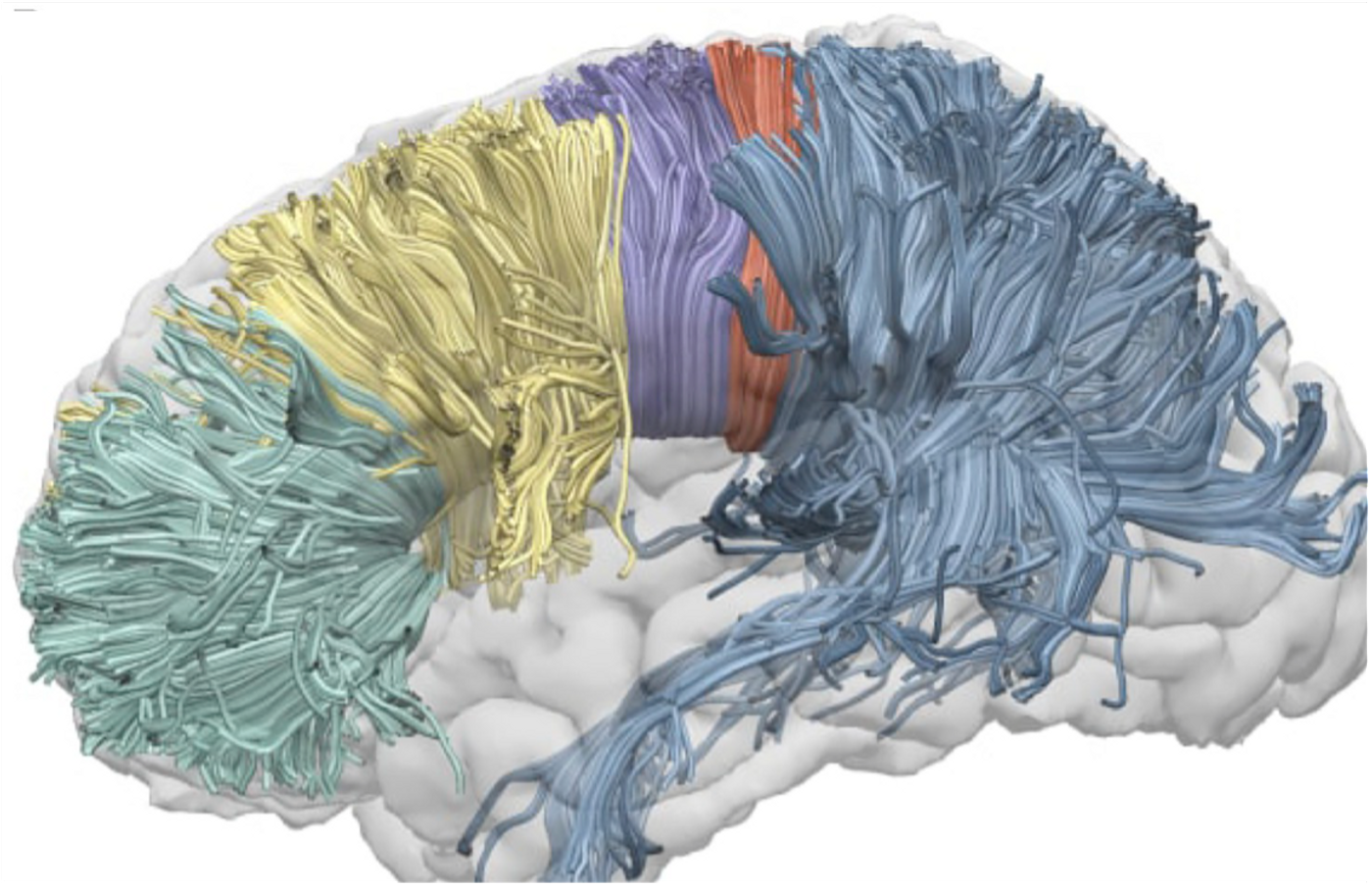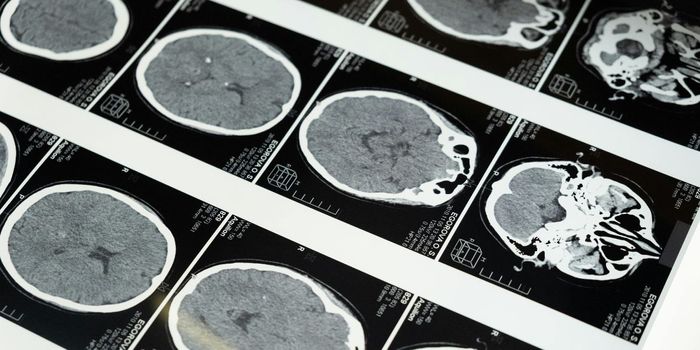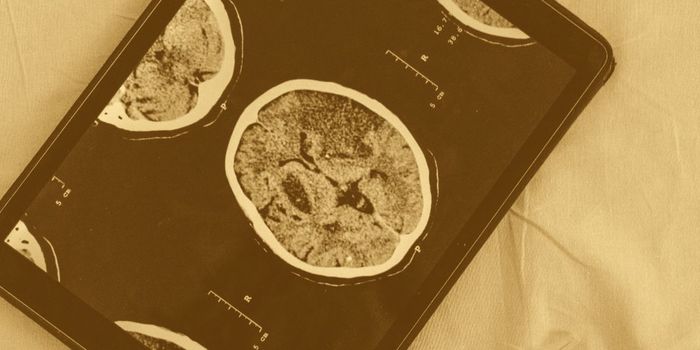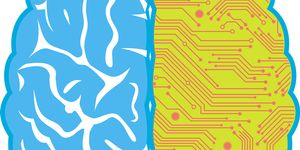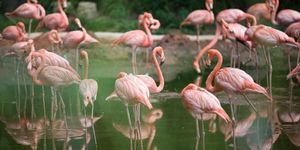Fat Fibers Push Language Processing to the Left Hemisphere
Image Credit 2022 Karpychev et al. PLoS, via Creative Commons license CC BY 4.0, cropping and figure label removed.
New research on language processing has expanded our knowledge of how the left hemisphere dominates these tasks. Karpychev et al. pitted the two leading methods for mapping and measuring white matter tracts, called tractography, against one another. One method reigned supreme, better able to measure how white matter matters when it comes to language processing.
The two hemispheres of the brain generally work together, allowing us to perform movements, process visual scenes, and other tasks. Mirrors of each other, each section of one hemisphere has a matching, or homologous, region responsible for similar tasks on the other hemisphere. Scientists get curious when the mirroring is asymmetric or lateralized.
One prime example of lateralization is handedness. Functional asymmetry is also evident in the left hemisphere’s dominance in language processing.
While usually, people’s left hemispheres do the majority of language processing, 10 to 15% of humans use their right at various levels. Evidence from the development of language in early life suggests that the connecting tract between the hemispheres, the corpus callosum (CC), is responsible for lateralization during development and perhaps contributes to it in adulthood.
To explore this, researchers at the HSE Center for Language and Brain in Moscow, Russia examined the CC, the largest tract of white matter connecting the two cerebral hemispheres. Whether it’s cross-hemisphere excitation or inhibition, one hemisphere's influence on the other travels this tract of fiber. These researchers believed the anatomy of the CC might play a role in regulating language function.
Once the darling of white matter researchers, diffusion tensor imaging (DTI) is now showing its limitations when keeping track of crisscrossing white matter fibers. The new(er) method on the scene, constrained spherical deconvolution (CSD), was put to the test here, measuring language lateralization for the first time.
The two tractography methods, DTI’s faction anisotropy metric (FA) and CSD’s hindrance modulated orientation anisotropy metric (HMOA), both flexed their muscles while measuring total and sub-region volume, axon diameter, fiber density, dispersion, and other microstructural properties of the CC.
To better measure the activity of all language regions simultaneously, the researchers administered a “more comprehensive sentence completion task.” It engaged both anterior and posterior language areas better than previous research tasks that had participants just listening to speech or selecting words with specific starting letters.
Image Credit 2022 Karpychev et al. PLoS, via Creative Commons license CC BY 4.0, cropping, moved side-by-side, and figure label removed.
CSD’s HMOA was superior in measuring the volumes of callosal sub-regions and track crossing fibers than DTI’s FA. As a result, CSD measured larger volumes of the various CC sub-regions.
The highest levels of lateralization were found in a section of the CC that connected areas frequently associated with language processing in the posterior temporal cortex. Also, the larger the volume of this CC subregion, the less the right hemisphere contributed to language processing.
Kudos to these researchers for using such strict statistical analysis (Bonferroni corrections, Bayesian analysis) that many of their hypotheses were not verified by both their Bayesian and one-way ANOVAs assessments. With these findings in hand, more precise hypotheses can be tested with HMOA in the future.
Sources: PLoS One, o8t, Science Direct Topics, Human Brain Mapping, Evolutionary Psychology
